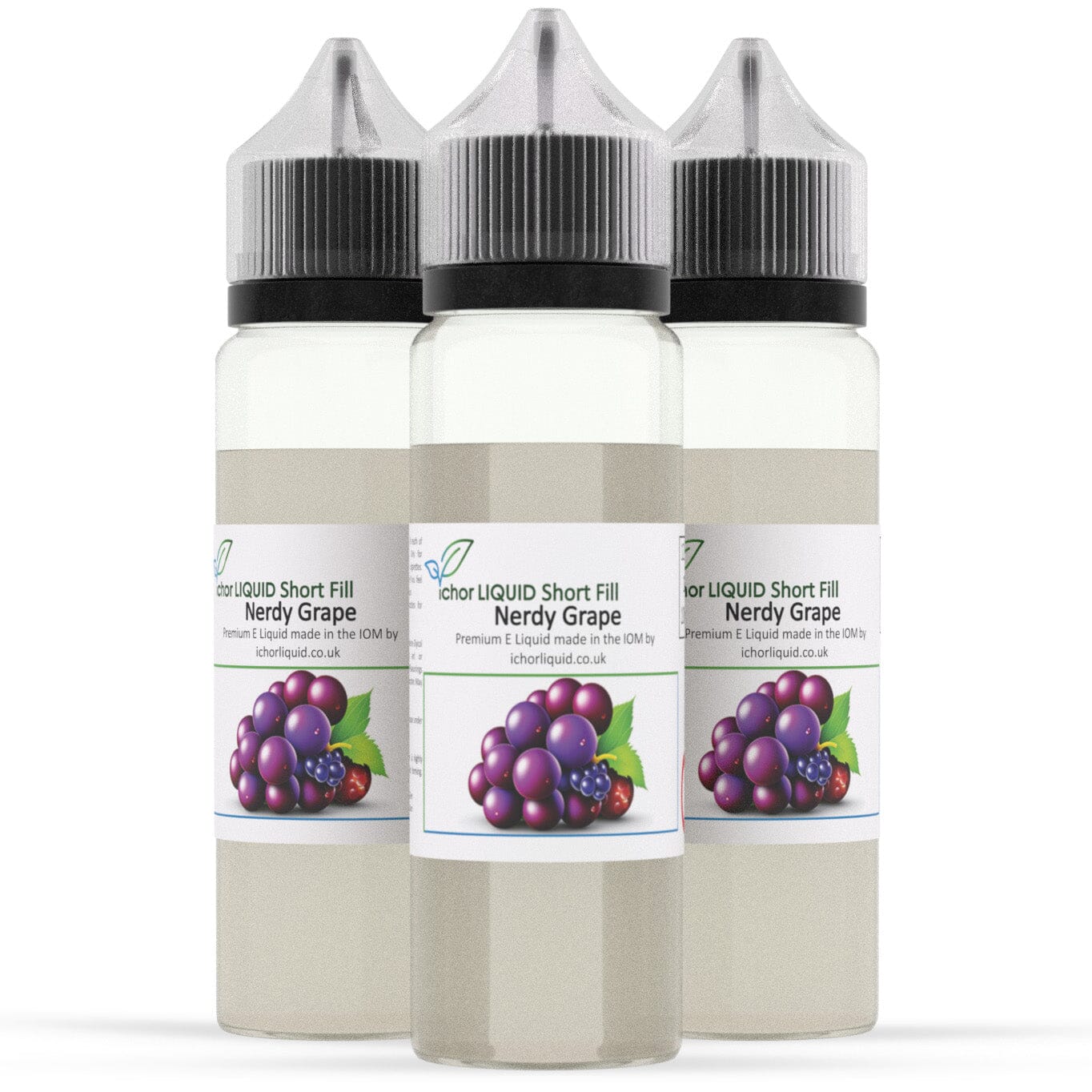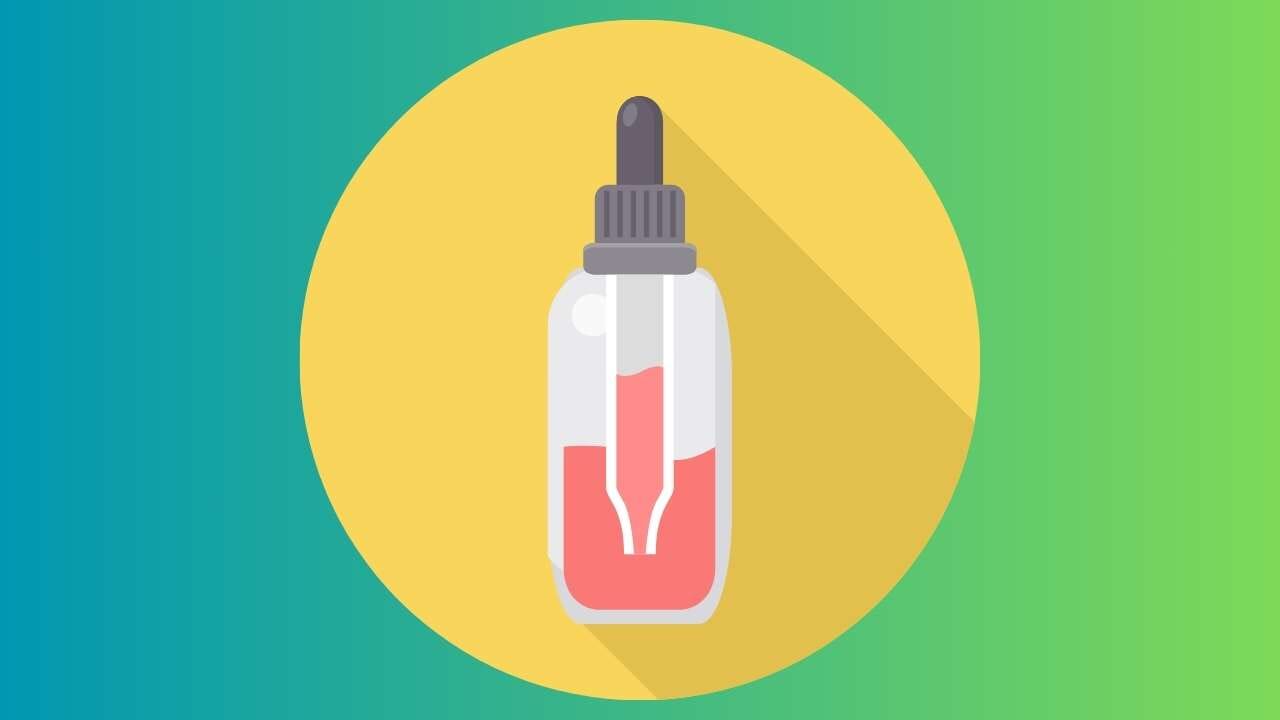
Vaping and Blood Pressure - What You Need to Know
Today we will delve into the relationship between vaping and blood pressure, and discuss what you need to know to make informed decisions about your well-being. For further information about vaping, you can also check out What you need to know about vaping on heart.org.
Key Takeaways:
- Vaping can affect blood pressure: Studies have shown that vaping may lead to elevated blood pressure levels, which can increase the risk of heart disease and stroke.
- Nicotine is the main culprit: Nicotine, a key ingredient in many e-cigarettes, is known to constrict blood vessels and raise blood pressure.
- Other chemicals in vape juices can also be harmful: Some chemicals found in e-liquids, such as propylene glycol and glycerin, may also contribute to increased blood pressure.
- Quitting vaping can help lower blood pressure: Stopping vaping can lead to a decrease in blood pressure and reduce the risk of associated health problems.
- Consult a healthcare professional for personalized advice: Individuals concerned about their blood pressure and vaping should seek guidance from a medical professional to address their specific health needs.
The Science Behind Vaping
The popularity of vaping has skyrocketed in recent years as an alternative to traditional smoking. But what exactly is vaping, and how does it work? To understand the science behind vaping, we need to delve into the key components and processes involved.
What is Vaping, Really?
What exactly is vaping? In simple terms, vaping refers to the act of inhaling and exhaling vapor produced by an electronic cigarette or similar device. Unlike traditional cigarettes, which involve combustion and the inhalation of smoke, vaping devices heat a liquid to create vapor for inhalation. The liquid used in vaping, often called vape juice or e-liquid, typically contains nicotine, flavourings, and other additives.
One of the key components of vape juice is the base, which is typically a combination of propylene glycol and vegetable glycerin. These two substances are used to create the vapor that is inhaled during vaping. In addition, vape juice also contains flavourings, which can range from traditional tobacco and menthol flavours to a wide variety of fruit, dessert, and beverage-inspired options.
Vape juice is available in a wide range of nicotine concentrations, allowing users to choose the level that best suits their preferences and needs. From nicotine-free options to high-nicotine formulations, the variety of vape juice available caters to both those looking to gradually reduce their nicotine intake and those seeking a more potent nicotine experience.
How Vaping Devices Work
To understand how vaping devices work, it's important to look at the key components of an electronic cigarette or vape pen. These devices typically consist of a weed cart battery, a heating element or coil, and a tank or cartridge to hold the vape juice. When the user activates the device, the battery powers the heating element, which in turn vaporizes the liquid in the tank. The user then inhales the resulting vapor through a mouthpiece, replicating the sensation of smoking without the combustion and smoke associated with traditional cigarettes.
It's important to note that the design and functionality of vaping devices can vary widely, from simple, disposable e-cigarettes to more complex, customizable vape mods. Additionally, the vaping experience can be further customized through the use of different coil types, airflow adjustments, and temperature control settings. This versatility allows users to tailor their vaping experience to their preferences, whether they prioritize flavour, vapor production, or nicotine delivery.

Blood Pressure Basics
Keep your health in check by understanding the basics of blood pressure and how it may relate to vaping. In this chapter, we'll cover everything you need to know about blood pressure and how it is measured.
What is Blood Pressure?
With every beat, your heart pumps blood through the arteries, creating pressure against the artery walls. This force is what we measure as blood pressure. It consists of two numbers - the systolic pressure (when the heart beats) and the diastolic pressure (when the heart rests). Together, these numbers provide insight into the strength and efficiency of your cardiovascular system.
Blood pressure is measured in millimeters of mercury (mmHg) and is represented as a ratio, with the systolic pressure over the diastolic pressure. For example, a blood pressure reading of 120/80 mmHg is considered normal for adults. It's important to have regular check-ups to monitor your blood pressure, as high blood pressure can increase the risk of heart disease, stroke, and other health issues.
How Blood Pressure is Measured
With a blood pressure cuff, the pressure is first inflated to briefly stop the blood flow. As the cuff deflates, the healthcare provider uses a stethoscope to listen for the sounds of blood returning to the arteries. The pressure reading is recorded when the first sound (systolic pressure) and the disappearance of sound (diastolic pressure) are heard. This simple and painless procedure provides valuable information about your cardiovascular health.
Measured regularly, blood pressure readings help gauge the effectiveness of any lifestyle changes or treatments. By understanding your numbers, along with factors like diet, exercise, and stress, you can take proactive steps to maintain a healthy blood pressure and overall well-being.
The Connection Between Vaping and Blood Pressure
Nowadays, vaping has become a popular alternative to traditional smoking. However, many people are not aware of the potential effects that vaping can have on their blood pressure. In this chapter, we will explore the connection between vaping and blood pressure, including the impact of nicotine and other vaping ingredients on your cardiovascular health.
The Impact of Nicotine
An important factor to consider when examining the relationship between vaping and blood pressure is the presence of nicotine in e-cigarette liquids. Nicotine is a stimulant that can cause your blood pressure to rise. When you vape, the nicotine is quickly absorbed into your bloodstream, leading to a temporary increase in blood pressure. If you already have high blood pressure, vaping nicotine could exacerbate the issue and increase your risk of heart disease and stroke.
Additionally, nicotine can also constrict your blood vessels, which further elevates your blood pressure. It's important to be mindful of the amount of nicotine present in the e-liquids you use and its potential impact on your cardiovascular health.
Other Vaping Ingredients That Affect Blood Pressure
On top of nicotine, there are other ingredients in e-cigarette liquids that can affect your blood pressure. Propylene glycol and vegetable glycerin, commonly used as base liquids, have been linked to potential cardiovascular effects when inhaled through vaping. These ingredients, along with flavourings and additives, may have an impact on your blood pressure levels.
Vaping also introduces fine particles and chemicals into your lungs, which can lead to inflammation and oxidative stress, potentially contributing to high blood pressure and other cardiovascular issues. It's important to be aware of the potential risks associated with these ingredients and their impact on your overall health.
Vaping, especially when using e-liquids containing nicotine, propylene glycol, and vegetable glycerin, can have a significant impact on your blood pressure and cardiovascular health. It's essential to stay informed and consider these factors when making decisions about vaping.
What the Research Says
Nicotine, the primary addictive agent in e-cigarettes, has been the focus of numerous studies investigating its impact on blood pressure. Research suggests that nicotine exposure from vaping can lead to acute increases in blood pressure, potentially putting strain on the cardiovascular system.
Any long-term effects of vaping on blood pressure and cardiovascular health are still being studied. While some studies have shown potential links between vaping and adverse cardiovascular outcomes, more research is needed to fully understand the implications of vaping on blood pressure regulation and overall heart health.

Risks of Vaping on Cardiovascular Health
Unlike traditional smoking, vaping is often perceived as a safer alternative. However, it is important to understand that vaping still poses risks to cardiovascular health. The impact of vaping on blood pressure and heart health is a topic of growing concern and research.
Short-term Effects
With regards to short-term effects on cardiovascular health, vaping has been shown to cause an immediate increase in blood pressure and heart rate. This is due to the stimulant effects of nicotine and other chemicals found in e-liquids. Additionally, the inhalation of heated chemicals can cause inflammation and oxidative stress in the blood vessels, leading to temporary impairment of blood flow and arterial function.
Long-term Consequences
Effects of long-term vaping on cardiovascular health are also alarming. Prolonged exposure to vaping has been linked to an increased risk of developing atherosclerosis, which is the narrowing and hardening of arteries due to plaque buildup. This condition can ultimately lead to hypertension, heart disease, and stroke. Furthermore, the potential for long-term damage to the endothelial cells lining the blood vessels can have lasting implications for overall cardiovascular function.
Plus, the presence of toxic substances in e-liquid, such as heavy metals and flavouring additives, can further exacerbate the negative impact of vaping on heart health.
Myths and Facts
With the rise in popularity of vaping, there have been various myths and misconceptions regarding its effects on cardiovascular health. One common misconception is that vaping is completely harmless because it does not involve the combustion of tobacco. However, it's important to recognize that vaping still introduces harmful chemicals into the body, which can have adverse effects on the heart and blood vessels.
Facts, such as the potential for nicotine addiction and the detrimental impact of vaping on blood pressure, should not be overlooked. It's crucial to distinguish between myths and facts when considering the cardiovascular risks associated with vaping.
Healthier Alternatives to Vaping
Despite the popularity of vaping, it's important to remember that there are healthier alternatives available. If you're looking to reduce your nicotine intake or quit vaping altogether, there are several options to consider.
Nicotine Replacement Therapies
Therapies such as nicotine patches, gum, lozenges, and inhalers can help ease the transition away from vaping. These products deliver controlled doses of nicotine to alleviate withdrawal symptoms, making it easier to gradually reduce your dependence on nicotine. It's important to consult with a healthcare professional to determine the right approach for you.
Lifestyle Changes for Lowering Blood Pressure
Lifestyle changes, such as adopting a healthy diet, exercising regularly, maintaining a healthy weight, and limiting alcohol and caffeine intake, can play a significant role in managing your blood pressure. Making these changes can not only reduce your reliance on vaping, but also improve your overall health and well-being.
The incorporation of regular physical activity, such as brisk walking, swimming, or cycling, along with a diet low in sodium and high in fruits, vegetables, and whole grains, can effectively lower blood pressure and reduce the need for vaping.
Stress Management Techniques
Stress Management Techniques
Pressure management techniques, such as deep breathing exercises, meditation, yoga, and mindfulness, can help alleviate stress and anxiety, which are often triggers for vaping. By incorporating these practices into your daily routine, you can find healthier ways to cope with stress and reduce your reliance on vaping as a coping mechanism. Learn more about stress management techniques at Verywell Mind.
For instance, engaging in activities like journaling, listening to calming music, or spending time in nature can also help reduce stress and create a sense of calm, reducing the temptation to vape.
Frequently Asked Questions
To address some common concerns about vaping and blood pressure, here are answers to a few frequently asked questions.
Is Vaping Safer Than Traditional Smoking Regarding Blood Pressure?
Safer alternatives to traditional smoking, such as vaping, can have a positive impact on blood pressure. Unlike traditional cigarettes, e-cigarettes do not contain tar, which is known to contribute to high blood pressure and other cardiovascular issues. Vaping also eliminates the harmful effects of secondhand smoke, which can affect the blood pressure of non-smokers. While vaping is not risk-free, it can be a safer option for those looking to manage their blood pressure.
However, it's important to note that the long-term effects of vaping on blood pressure are still being studied. Additionally, the use of nicotine in e-cigarettes can still have an effect on blood pressure, so if you are concerned about your cardiovascular health, it's best to consult with a healthcare professional.
Can Vaping Cause Permanent Damage to My Blood Pressure?
Damage to blood pressure from vaping is a concern for many individuals. Chronic nicotine exposure from vaping can lead to increased heart rate and blood pressure, which can contribute to cardiovascular issues. Research has also suggested that vaping may have a negative impact on arterial stiffness and endothelial function, which are important indicators of cardiovascular health.
Regarding the potential for permanent damage to blood pressure, it's crucial to understand that everyone's body and health are unique. Long-term vaping habits and the use of e-liquids with varying levels of nicotine can have different effects on blood pressure. If you have concerns about the impact of vaping on your blood pressure, seeking personalized advice from a healthcare provider is recommended.
How Can I Quit Vaping Safely?
Vaping cessation is a personal journey, and there are various strategies to quit vaping safely. One approach is to gradually reduce the nicotine concentration in your e-liquids over time. This allows your body to adjust to lower levels of nicotine intake, making the transition easier. Additionally, seeking support from friends, family, or support groups can provide encouragement and motivation during the quitting process. It's also beneficial to focus on healthy habits and activities to replace the habit of vaping, such as regular exercise and stress-relief practices.
Cause and effect of quitting vaping may vary for individuals, and it's normal to experience withdrawal symptoms and cravings during the cessation period. However, with determination and the right support, many people successfully quit vaping and maintain their blood pressure health in the long run.
Conclusion
Presently, it is important for individuals to be aware of the potential effects of vaping on their blood pressure. Research has shown that vaping can lead to an increase in blood pressure, which can have negative implications for overall health. It is crucial for vapers to monitor their blood pressure and consider making lifestyle changes to mitigate any potential risks.
It is also important for healthcare professionals to stay informed about the potential impact of vaping on blood pressure and to educate their patients about the risks. As the popularity of vaping continues to grow, it is essential for everyone to stay informed and make well-informed decisions about their health and well-being.








